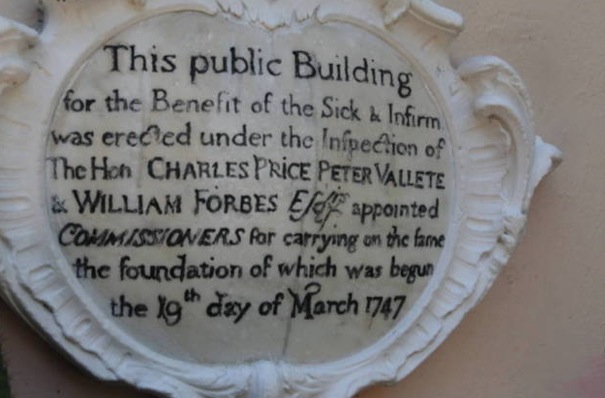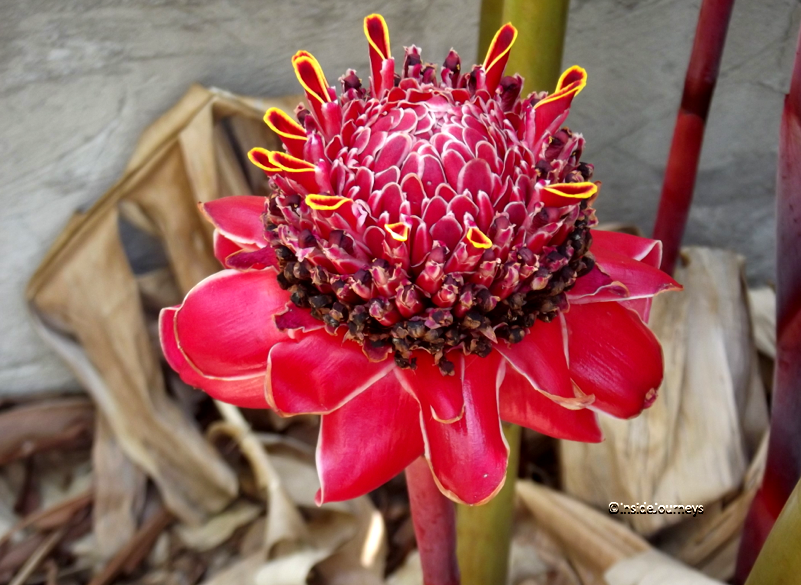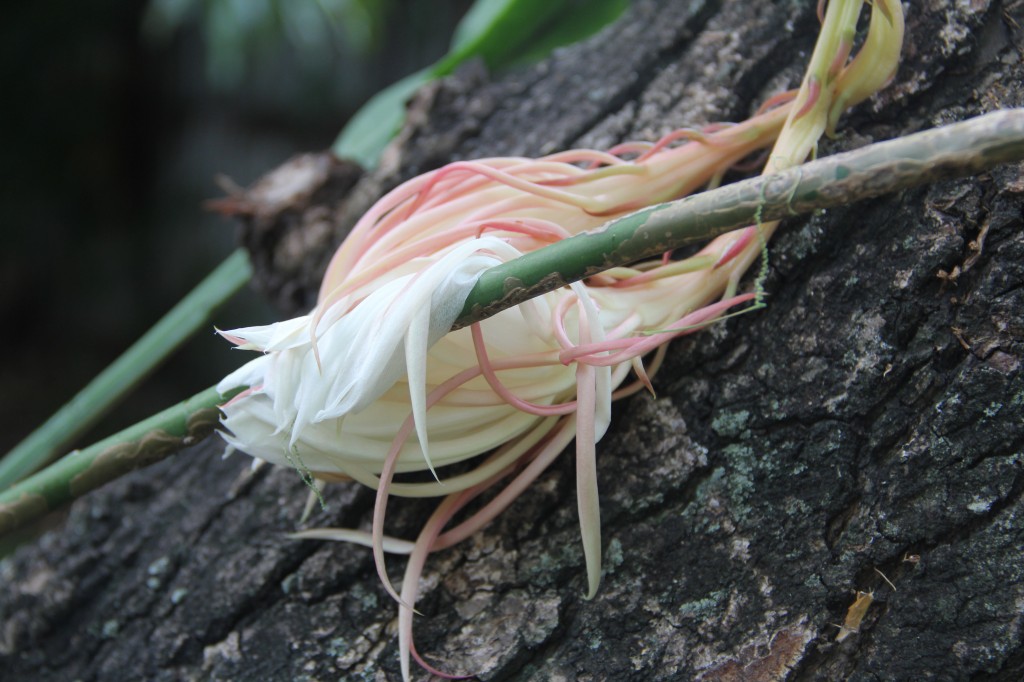The passion fruit is a round yellow (or purple) fruit with a very distinctive flavor. It is used in juices, ice cream, pastries and even syrup.
The yellow passion fruit is quite common in Jamaica and is usually found growing on vines in backyard gardens.

I was at my uncle’s home a few years ago when he asked if I’d like something to eat. I figured he’d buy us a meal so I was surprised when I heard the unmistakable sounds of pots and pans coming from his kitchen.
“You said you wanted something to eat,” he said, when I asked what he was doing, “I’m making us lunch.”
He noticed the look of shock on my face and burst out laughing.
“You think I can’t cook,” he said, still smiling.
When I offered to help, he shooed me out of the kitchen.
“I’ve been cooking since before you were born,” he added, chuckling.

That did nothing to boost my confidence. I never knew Uncle Norris, the baby of the family, to cook. Whenever he came to our house, he’d head straight to the refrigerator for something to drink. If we didn’t have lemonade, his favorite, he’d call me to make him some. I was maybe 8 or 9 and hated having my playtime interrupted.
By now the smell of curry was wafting through the living room.
“What are you making?” I called out.
“Mind your own business,” he replied. “I said I’d make you lunch and I’m making you lunch.”
When I heard the whirring of the blender, I became even more curious. What could he be making now, I wondered.
I couldn’t believe the meal he’d whipped up. It was the most delicious curried chicken I’d eaten in a while. But it was the passion fruit drink that accompanied it that still has me talking almost four years later.
The slightly tangy taste of the passion fruit was the perfect accompaniment to the bold flavor of the curried chicken. It was so refreshing, I poured another glass.
How to Make Passion Fruit Drink
Ingredients
4-6 Passion fruits
Water
Sugar to taste
Directions
Cut passion fruit in half, scoop the flesh into a blender. Add water and sugar to taste. Blend until smooth. Strain. Serve chilled or over ice.
Have a foodie post you’d like to share? Join the #FoodieTuesday linkup and add it here –
- Add the link to your foodie post in the link tool below
- As a courtesy, please include a link back to this post.
- Leave a comment.
- If you Tweet, G+, Facebook use the hashtag #FoodieTuesday
 Loading InLinkz ...
Loading InLinkz ...




















